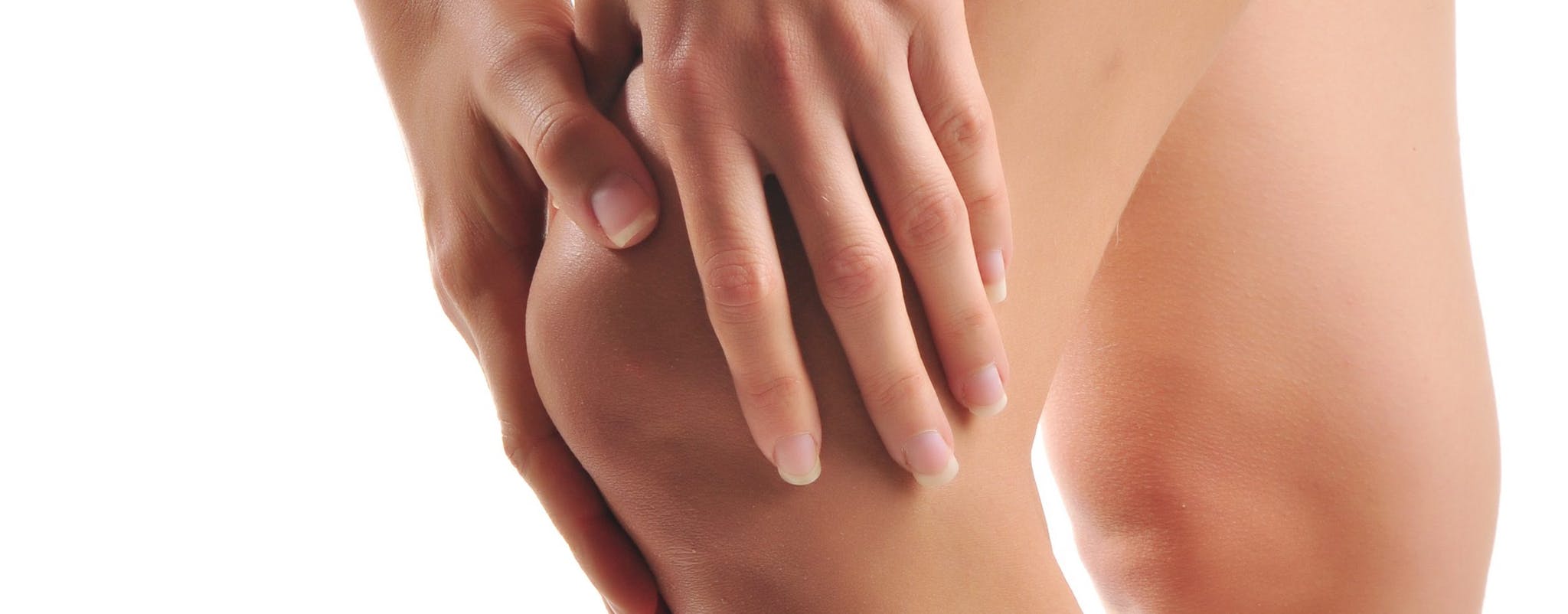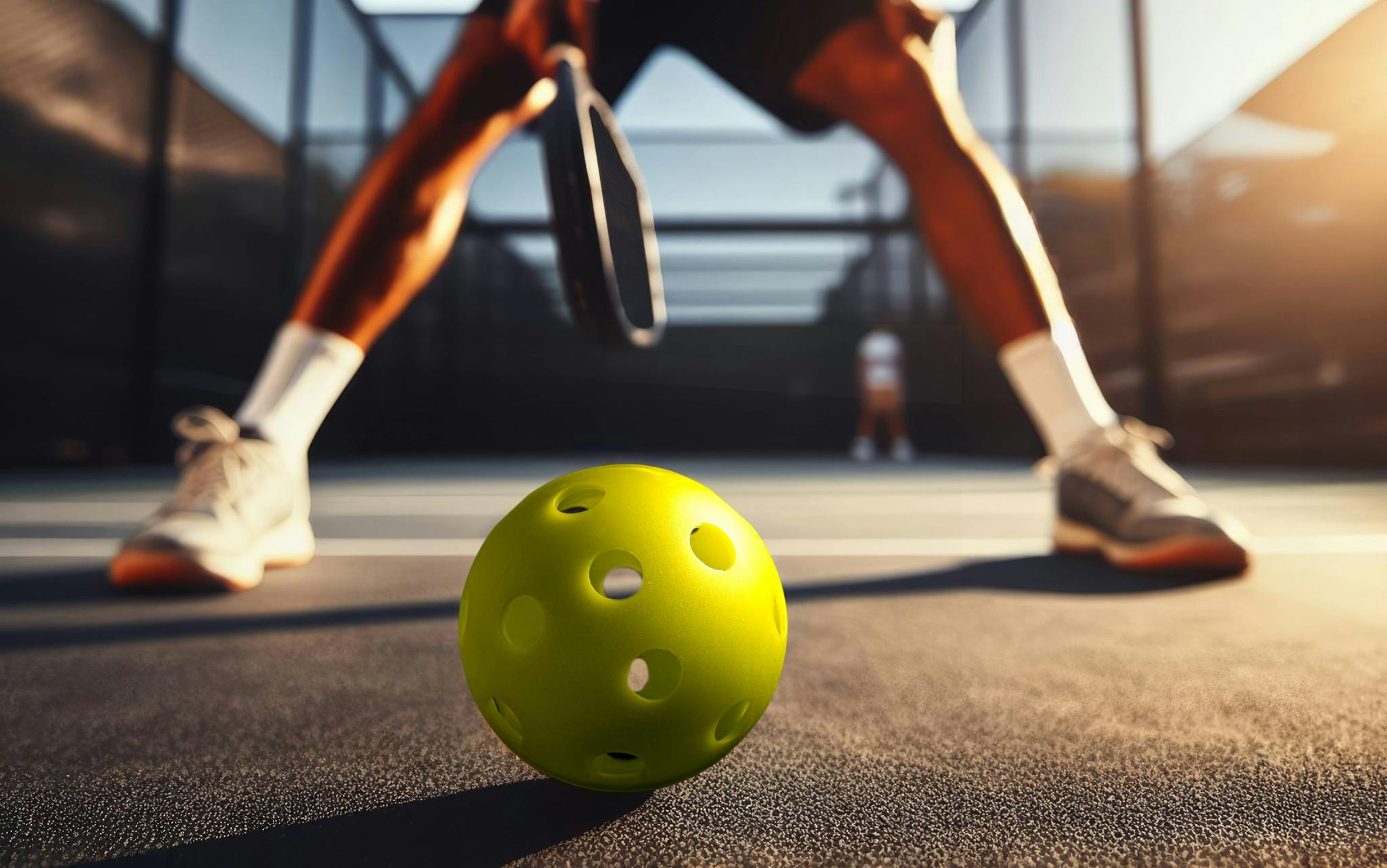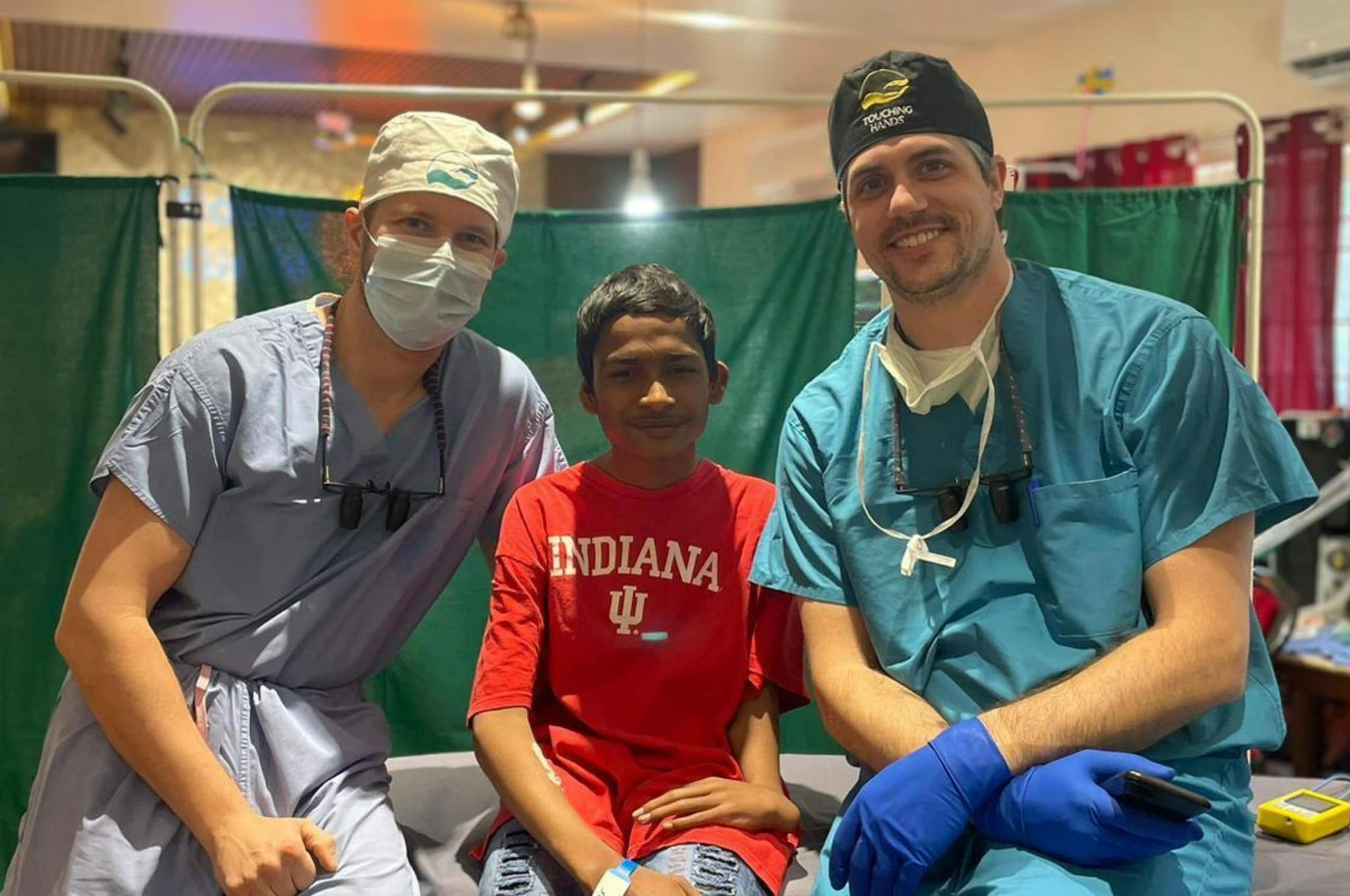
2025-06-10T13:54:10
Understanding Skin Grafts
- Dermatology
- Family Medicine
- Internal Medicine
- Orthopedics
June 15, 2016 | Orthopedics • Sports Fitness and Physical Therapy
Specialties:Orthopedics • Sports Fitness and Physical Therapy

The knee is the largest joint in your body, according to the U.S. National Library of Medicine. It is also one of the most complex joints with many components, which makes your knee vulnerable to injury. Common knee injuries include fractures, dislocations, sprains and ligament tears.
There are four main components to the knee: bones, cartilage, ligaments and tendons.
Three bones meet to form the knee joint – your thighbone, shinbone and kneecap. The medical name for your thighbone is femur, a shinbone is a tibia and the kneecap is a patella.
A special type of cartilage covers the back of your kneecap and the ends of your thighbone and shinbone. This articular cartilage is slippery, so it helps your knee bones glide smoothly against each other as you bend and straighten your knee.
Two wedge-shaped pieces of another kind of cartilage, known as meniscal cartilage or meniscus, work like a shock absorber between your thighbone and shinbone. Unlike slippery articular cartilage, meniscal cartilage is tough and rubbery to cushion and stabilize your knee joint. When most people talk about having torn cartilage in their knee, they are typically referring to a torn meniscus.
Ligaments connect bones, usually to create joints. There are four main ligaments in each of your knee joints, and these ligaments work somewhat like strong ropes to hold the bones of your knee together and stabilize the joint.
The knee is the largest bone in your body, and one of the most complex joints with many components, which makes your knee vulnerable to injury.
The four main ligaments are the two collateral ligaments and the two cruciate ligaments. You have one collateral ligament on each side of the knee. Together, they control the sideways motion of your knee and brace the joint against unusual side-to-side movement.
The cruciate ligaments are on the inside of your knee joint and cross to form an “X.” These ligaments control the back and forth motion of your knee.
Tendons connect muscles to bones. The quadriceps tendon connects the muscle in the front of your thigh to your kneecap, while the patellar tendon connects your kneecap to your shinbone.
Injury can cause pain and poor function in any structure of the knee. Fractures around the knee, dislocation of the knee, sprains and soft tissue tears are among the most common injuries affecting the joint. Injuries can often involve more than one component.
Pain and swelling will probably be the first signs that you have injured your knee. You might notice that your knee ‘catches’ or locks up. Your knee may even feel like it is giving way, as many knee injuries cause instability.
The patella, or kneecap, is the most commonly broken bone around the knee. The ends of the thighbone and shinbone can also break where they meet to form the knee joint. Broken knees are often the
A dislocated knee happens when the bones of the joint move completely or partially out of place. High-energy trauma is responsible for most dislocations in people with normal knee structure, but an abnormality in the structure of your knee may lead to dislocation.
Injury to one of the cruciate ligaments inside the knee, known as the anterior cruciate ligament (ACL), is common during sports activities. Engaging in high demand sports, such as soccer, football and basketball, makes you more likely to injure your ACL. These sports require frequent jumping and changes of direction; doing either of these incorrectly can tear the ACL. About half of all ACL injuries also inflict damage to other structures of your knee.
These injuries result from a blow to the front of the knee while the leg is bent. Posterior cruciate ligament injuries often occur in auto accidents and sports.
Force that pushes the knee sideways, like a blow to the inside of the knee that pushes the joint outwards, can cause collateral ligament injuries.
Meniscal tears often happen during sports, especially when you twist, cut or pivot. They can also occur when someone tackles you. Arthritis and aging can also contribute tears of the meniscus. An aging or weakened meniscus can tear if you twist awkwardly when getting up from a chair or doing other normal activities.
Tendons can stretch and tear. While anyone can suffer a tendon injury, tears are more common among middle-aged people who participate in running or jumping sports. Landing awkwardly from a jump, falls and direct force can injure a tendon in your knee.
Knee injuries are one of the most common reasons people go to a doctor. There were approximately 10.4 million patient visits to doctors’ offices for knee injuries in 2010, according to the American Academy of Orthopedic Surgeons (AAOS). To learn more about the anatomy of knee injuries, contact Revere Health today.

WRITTEN BY:
The Live Better Team

2025-06-10T13:54:10

2024-06-21T14:29:51

2024-02-06T11:40:13

2023-03-30T11:23:12
This information is not intended to replace the advice of a medical professional. You should always consult your doctor before making decisions about your health.